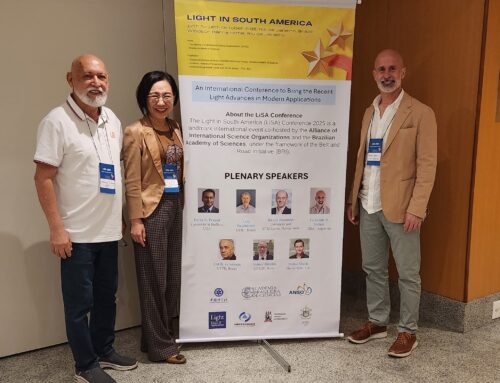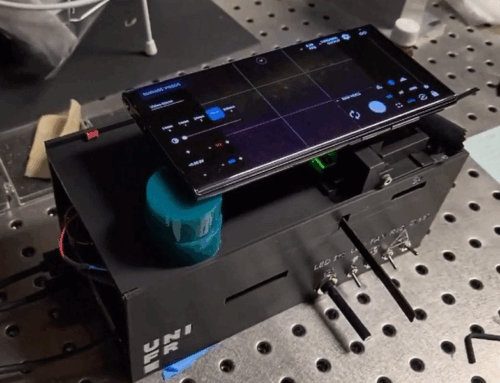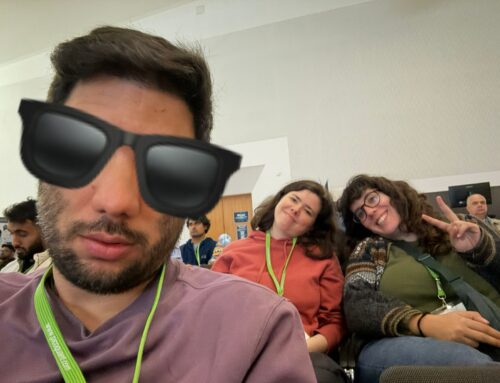Localization of single fluorescent molecules is key for physicochemical and biophysical measurements, such as single-molecule tracking and super-resolution imaging by single-molecule localization microscopy. Over the last two decades, several methods have been developed in which the position of a single emitter is interrogated with a sequence of spatially modulated patterns of light. Among them, the recent MINFLUX technique outstands for achieving a ∼10-fold improvement compared with wide-field camera-based single-molecule localization, reaching ∼1–2 nm localization precision at moderate photon counts.
Because they were developed independently and present important differences in their experimental setups and data analysis routines, various single-molecule localization methods based on sequential structured illumination, such as MINFLUX, MINSTED, or orbital tracking, have been considered as fundamentally different or slightly related.

Here, we present a common framework that offers conceptual order and provides insight about the essential components of all methods for single-molecule localization based on sequential structured illumination. This viewpoint has practical implications too. For example, using the Cramér-Rao bound as a limit for the achievable localization precision, we benchmark fairly different methods, including recent developments, such as MINFLUX and MINSTED, and long-established methods, such as orbital tracking. In addition, we characterize two new proposed schemes, orbital tracking and raster scanning, with a minimum of intensity. Overall, we found that approaches using an intensity minimum have a similar performance in the central region of the excitation pattern, independent of the geometry of the excitation pattern, and that they outperform methods featuring an intensity maximum.
- Luciano A. Masullo, Lucía F. Lopez, Fernando D. Stefani
“A common framework for single-molecule localization using sequential structured illumination”



